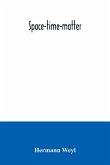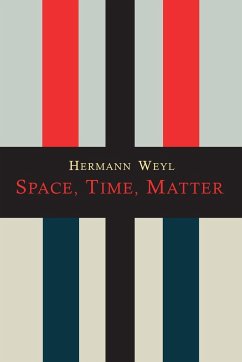This dissertation presents the history of space in the musical thought of the 20th_ century (from Kurth to Clifton, from Varese to Xenakis) and outlines the development of spatialization in the theory and practice of contemporary music (after 1950). The text emphasizes perceptual and temporal aspects of musical spatiality, thus reflecting the close connection of space and time in human experience. A new definition of spatialization draws from Ingarden's notion of the musical work; a typology of spatial designs embraces music for different acoustic environments, movements of performers and audiences, various positions of musicians in space, etc. The study of spatialization includes a survey of the composers's writings (lves, Boulez, Stockhausen, Cage, etc.) and an examination of their works. The final part presents three unique approaches to spatialization: Brant's simultaneity of sound layers, Xenakis's movement of sound, and Schafer's music of ritual and soundscape.
Hinweis: Dieser Artikel kann nur an eine deutsche Lieferadresse ausgeliefert werden.
Hinweis: Dieser Artikel kann nur an eine deutsche Lieferadresse ausgeliefert werden.








